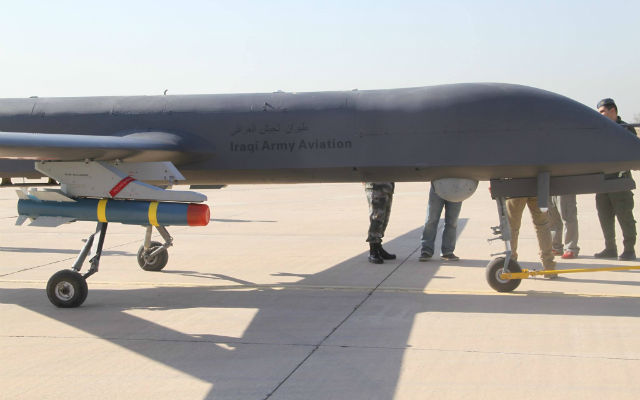The potential signing of India into the Missile Technology Control Regime (MTCR) has shed light on China’s failed entry to the export control scheme as questions remain over its trading in unmanned air vehicles and missiles.
MTCR aims to control the export of unmanned weapons of mass destruction, with members volunteering to not trade in such technology. China has still not been accepted for an application that was submitted in 2002, but recent developments suggest India's addition would soon be approved.
“China has had an application to MTCR tabled since 2002, and a couple of weeks ago in Rotterdam, the Indian application was considered,” Ian Stewart, senior research fellow for science and security at King’s College London, told the EU Non-Proliferation Consortium conference in Brussels. “By all the signs it is likely that India will be accepted into MTCR at some point in the next year, but at the moment Italy is currently stalling matters.”
Acceptance into MTCR has to be unanimous by its members, but Italy is vetoing the application due to diplomatic tension between it and India regarding the arrest of Italian nationals.
“Once that has been overcome, it will find itself in a position where India has been accepted while China’s membership to MTCR is still tabled,” Stewart said.
This could subsequently lead to India vetoing China’s application, which may deter Beijing from pursuing its application further.
“What I don’t want is the acceptance of a rival like India to set back China’s momentum in this area,” Stewart said. “I see a need to engage countries that are currently outside the regime into the regime in some way; this has been done with India, and it also needs to be done with Pakistan."

A Chinese-built UAV operated by the Iraqi armed forces
Iraqi Ministry of Defence
Stewart is sceptical of China’s trade in dual-use technology – systems intended for benign use that can also be used for military purposes – claiming that a high percentage of Iran’s nuclear components have either come from or passed through China.
“When it comes to the use of dual-use goods, we have seen a very rapid expansion in terms of production of dual-use goods [in China],” he said. “There is scope and a need to engage China in terms of improving the expectations of export controls… [but] that’s not to say that they don’t have controls in place.”
Source: FlightGlobal.com



















